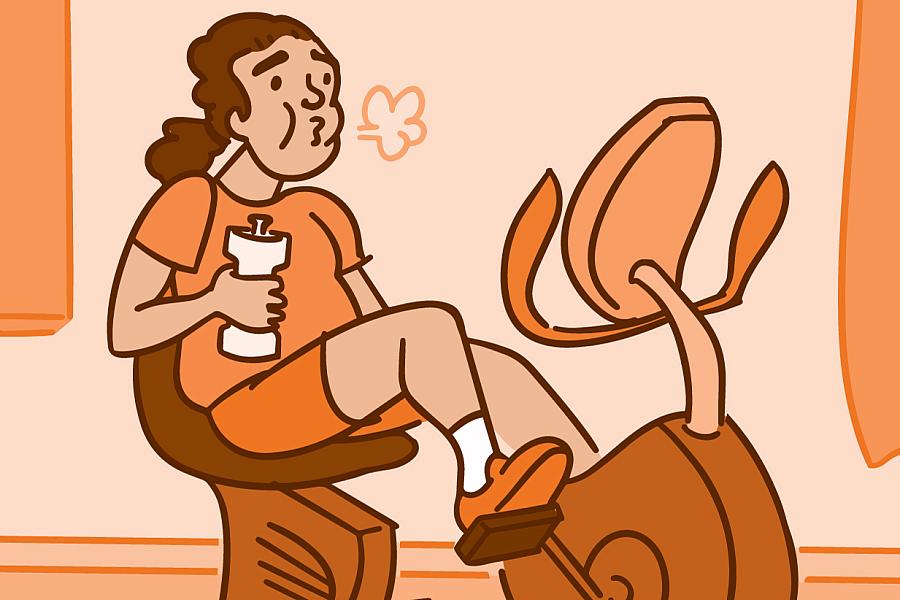Health Capsule
Reducing Children’s Chances of Asthma

A new study looked at whether allergy-causing substances in the home influence kids’ risk of developing asthma. The results provide clues for preventing asthma before it develops.
More than 6 million American children have asthma. Asthma makes airways in the lungs prone to swelling and narrowing. It can cause wheezing, coughing, shortness of breath, and chest tightness.
Dust contains things that can trigger an asthma attack, such as mold, animal dander, or dust mites. Eliminating or reducing these triggers can lessen asthma attacks.
But studies suggest that exposure to these substances early in life may protect children from asthma. To pinpoint how substances in the home influence the development of asthma, NIH-funded researchers began studying newborns in 2005 who had at least one parent with asthma or allergies. Having a parent with asthma or allergies increases the chance of developing asthma.
The researchers collected dust samples from the children’s homes during their first three years of life. They analyzed levels of common allergy triggers in the dust.
About 1 of every 3 children in the study had asthma by age seven. Higher levels of cockroach, mouse, and cat substances in the dust samples were linked to a lower risk of having asthma.
The researchers continue to study the children to pinpoint the factors that might reduce asthma risk. “Additional research may help us identify specific targets for asthma prevention strategies,” says study lead Dr. James E. Gern at the University of Wisconsin-Madison.
NIH Office of Communications and Public Liaison
Health and Science Publications Branch
Building 31, Room 5B52
Bethesda, MD 20892-2094
Contact Us:
nihnewsinhealth@od.nih.gov
Phone: 301-451-8224
Share Our Materials: Reprint our articles and illustrations in your own publication. Our material is not copyrighted. Please acknowledge NIH News in Health as the source and send us a copy.
For more consumer health news and information, visit health.nih.gov.
For wellness toolkits, visit www.nih.gov/wellnesstoolkits.




